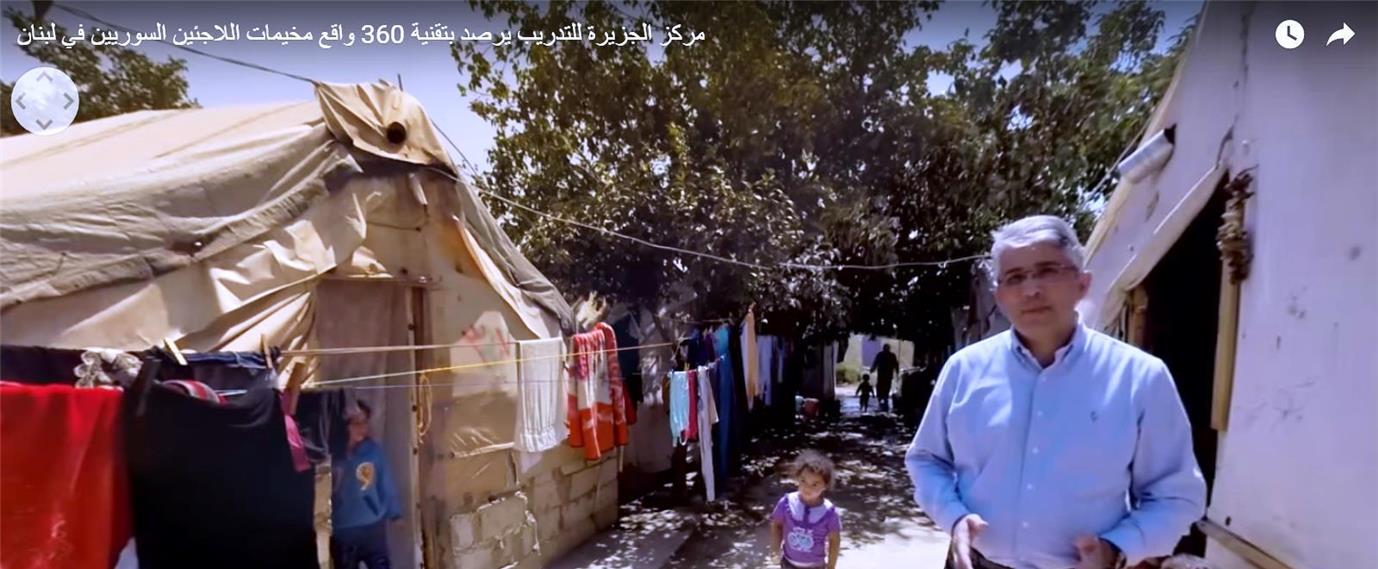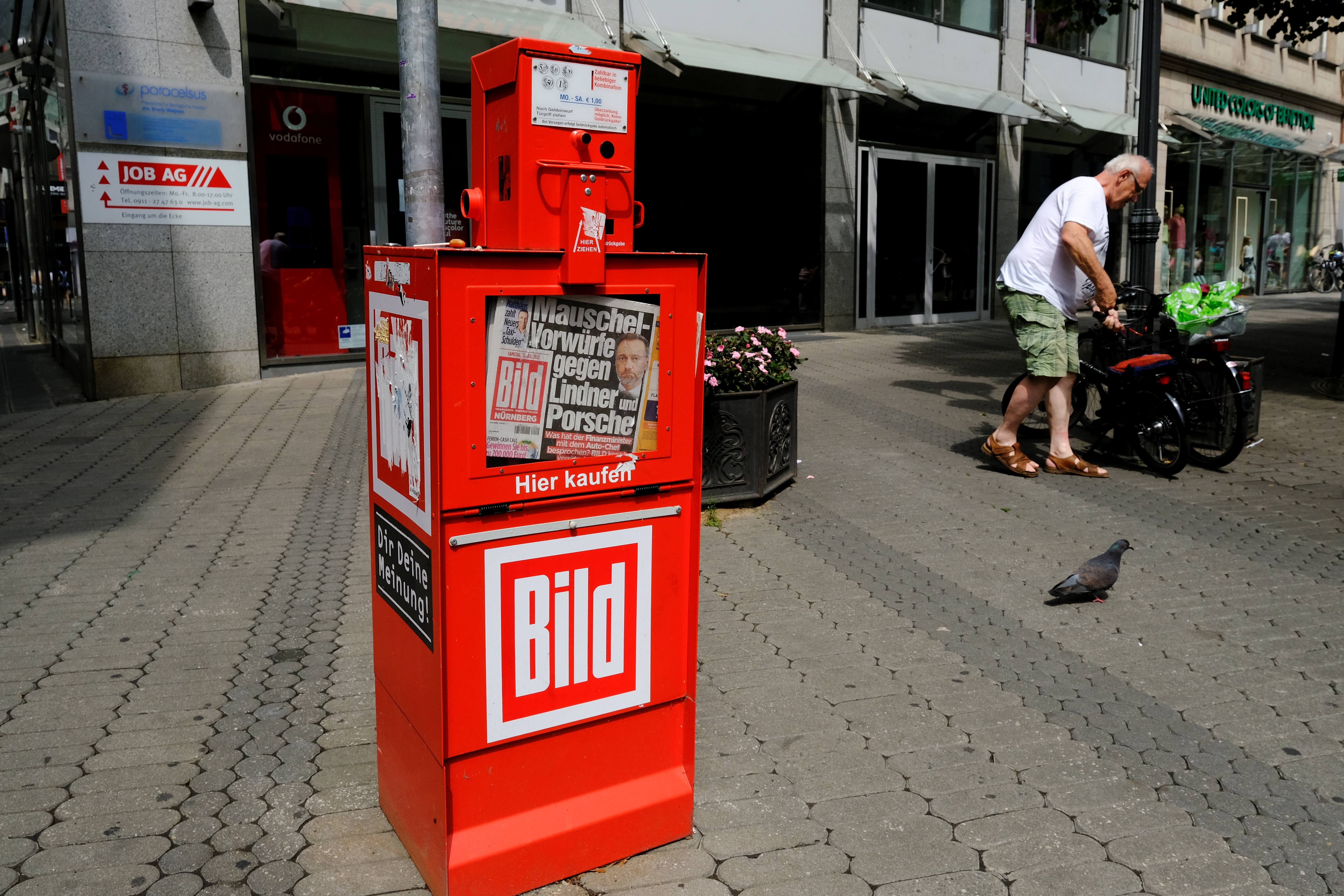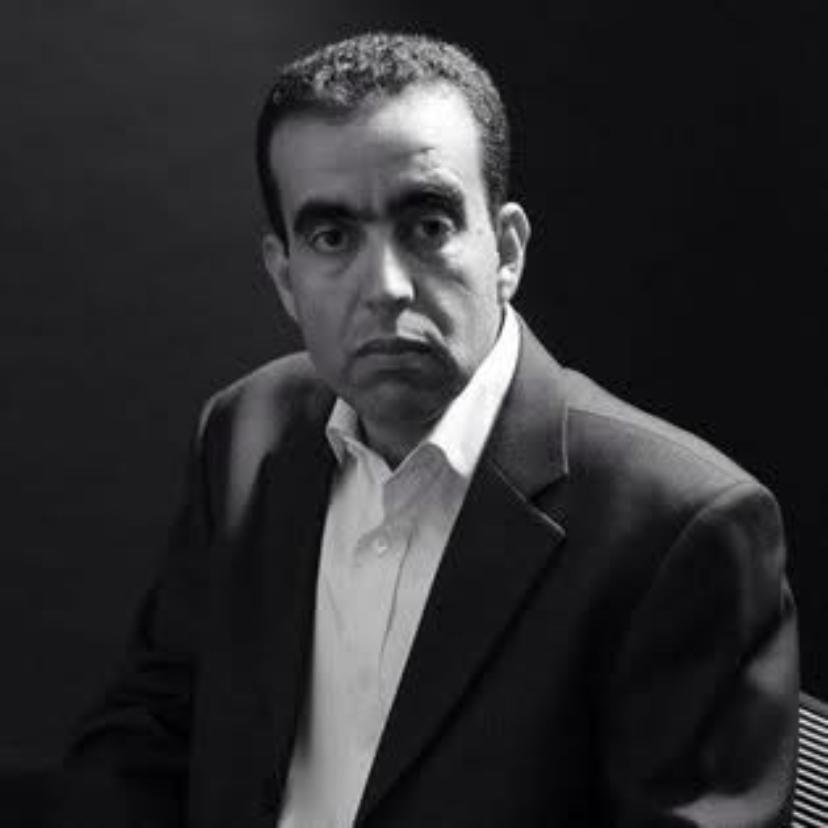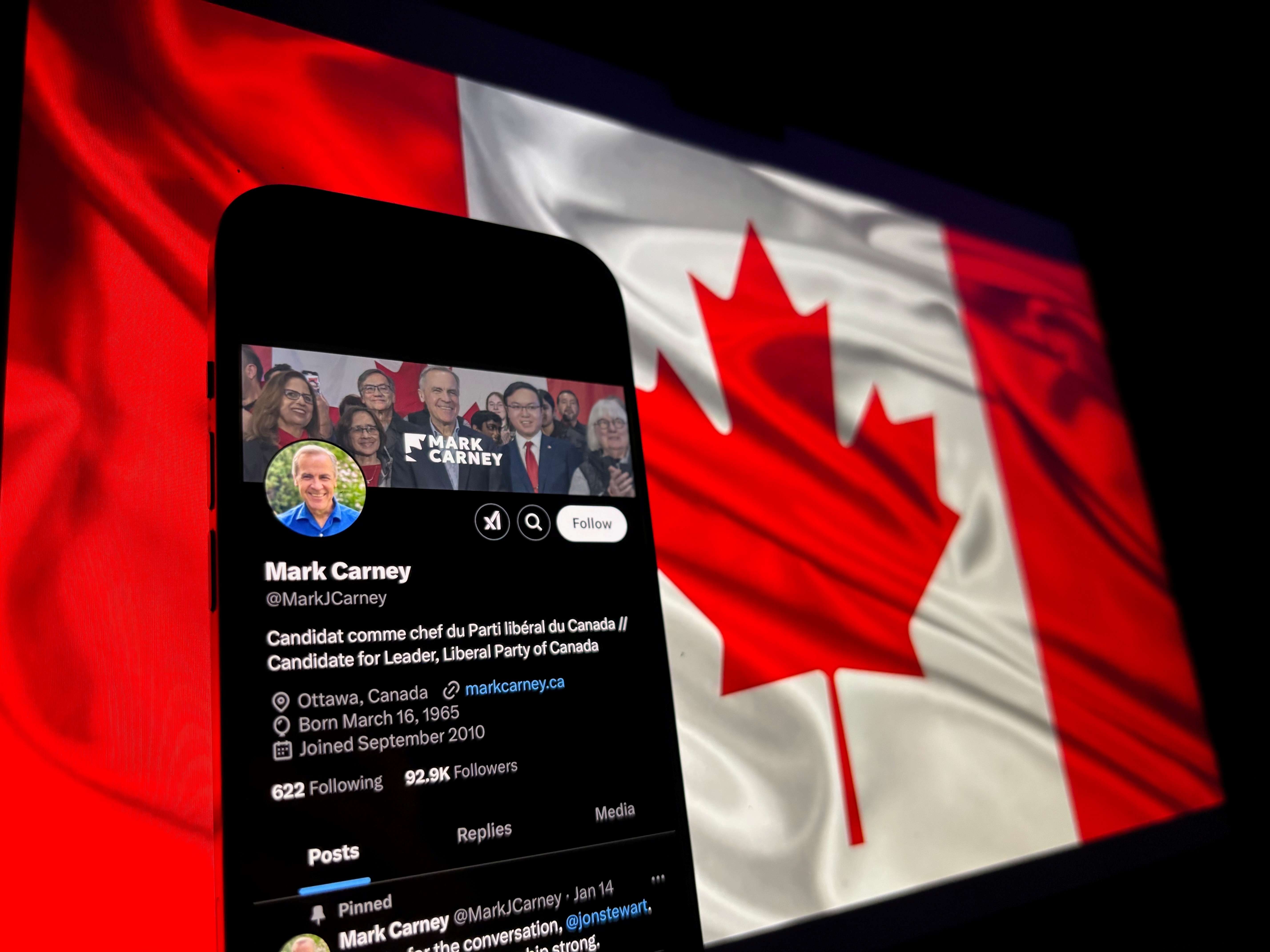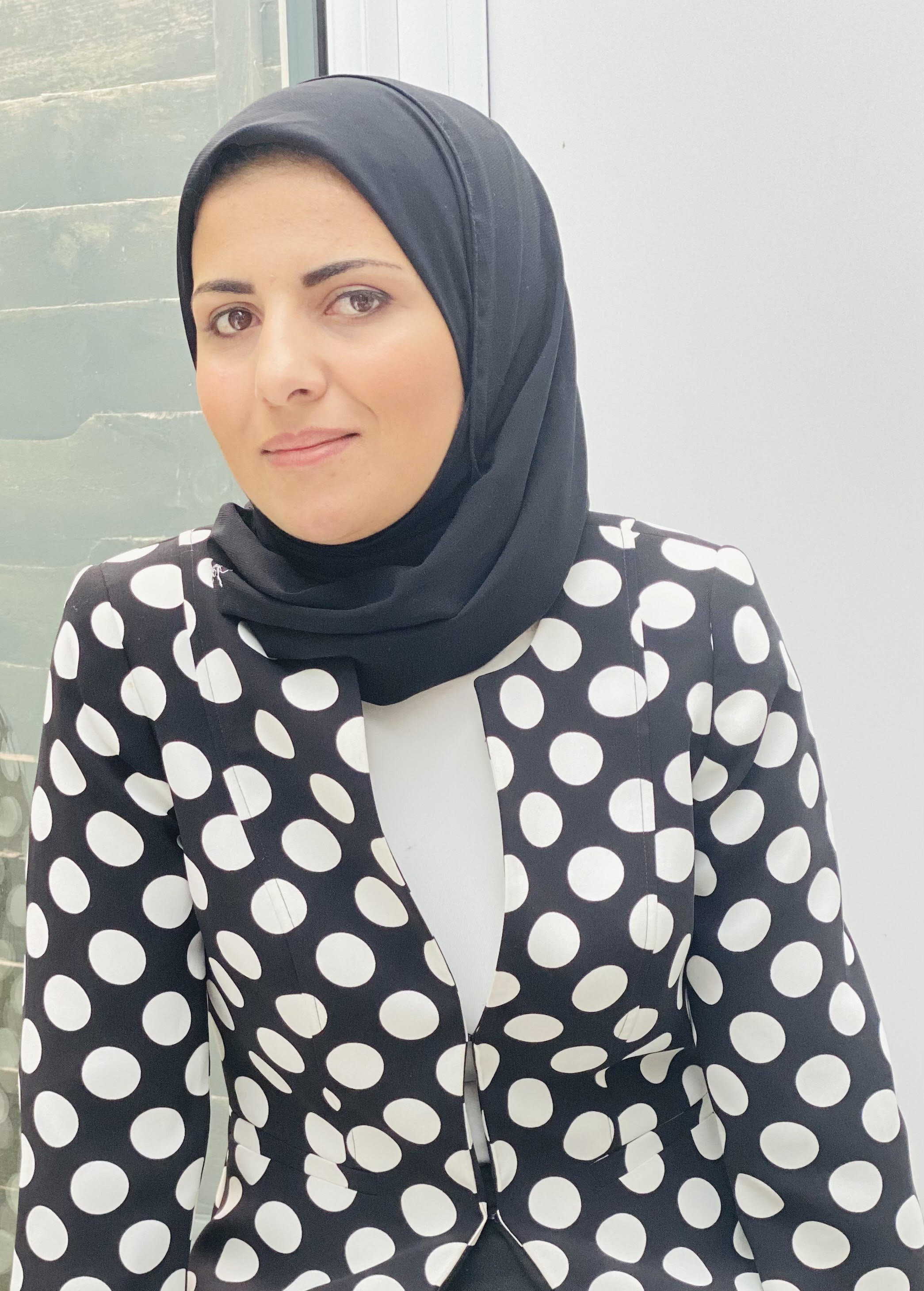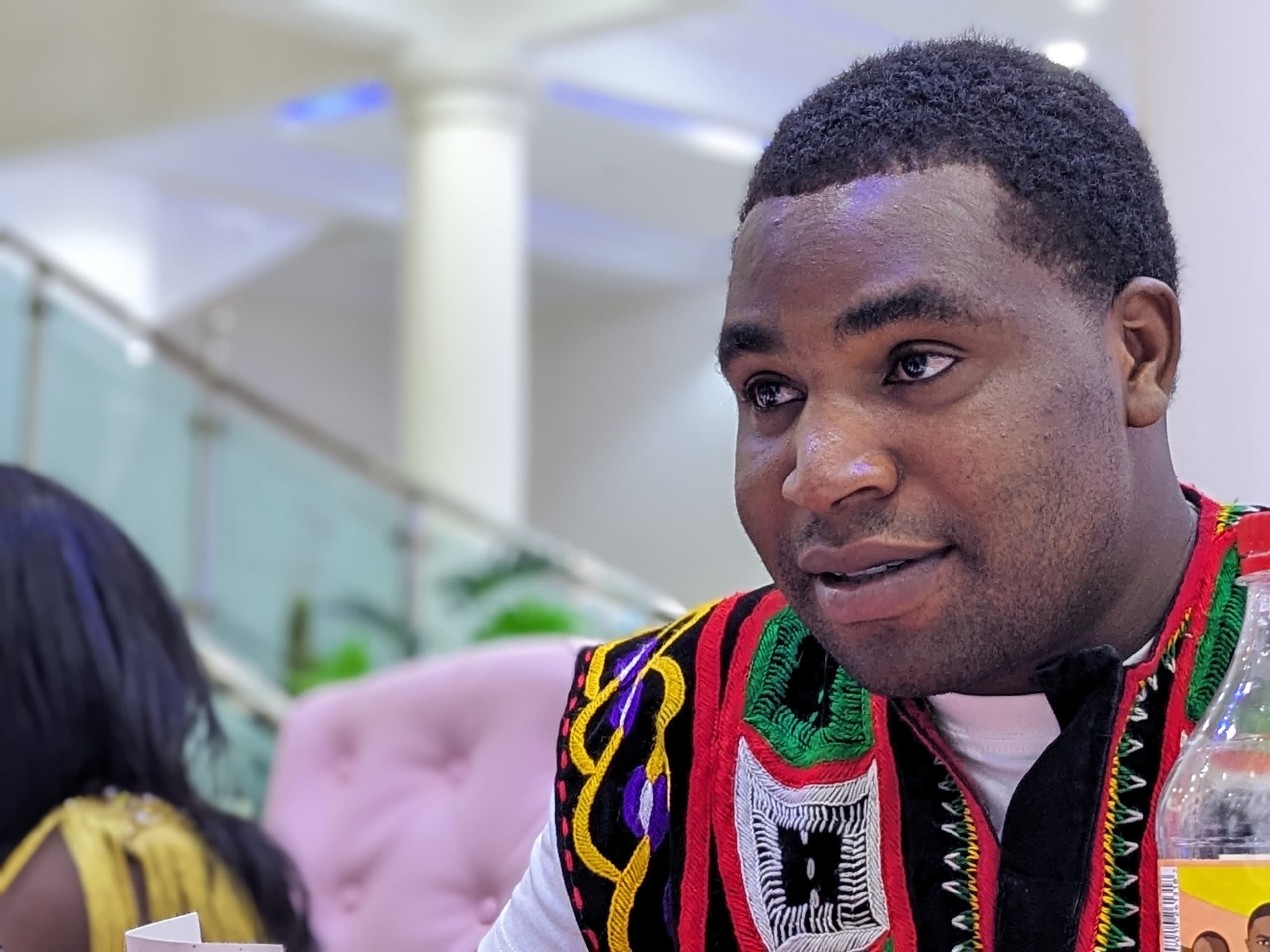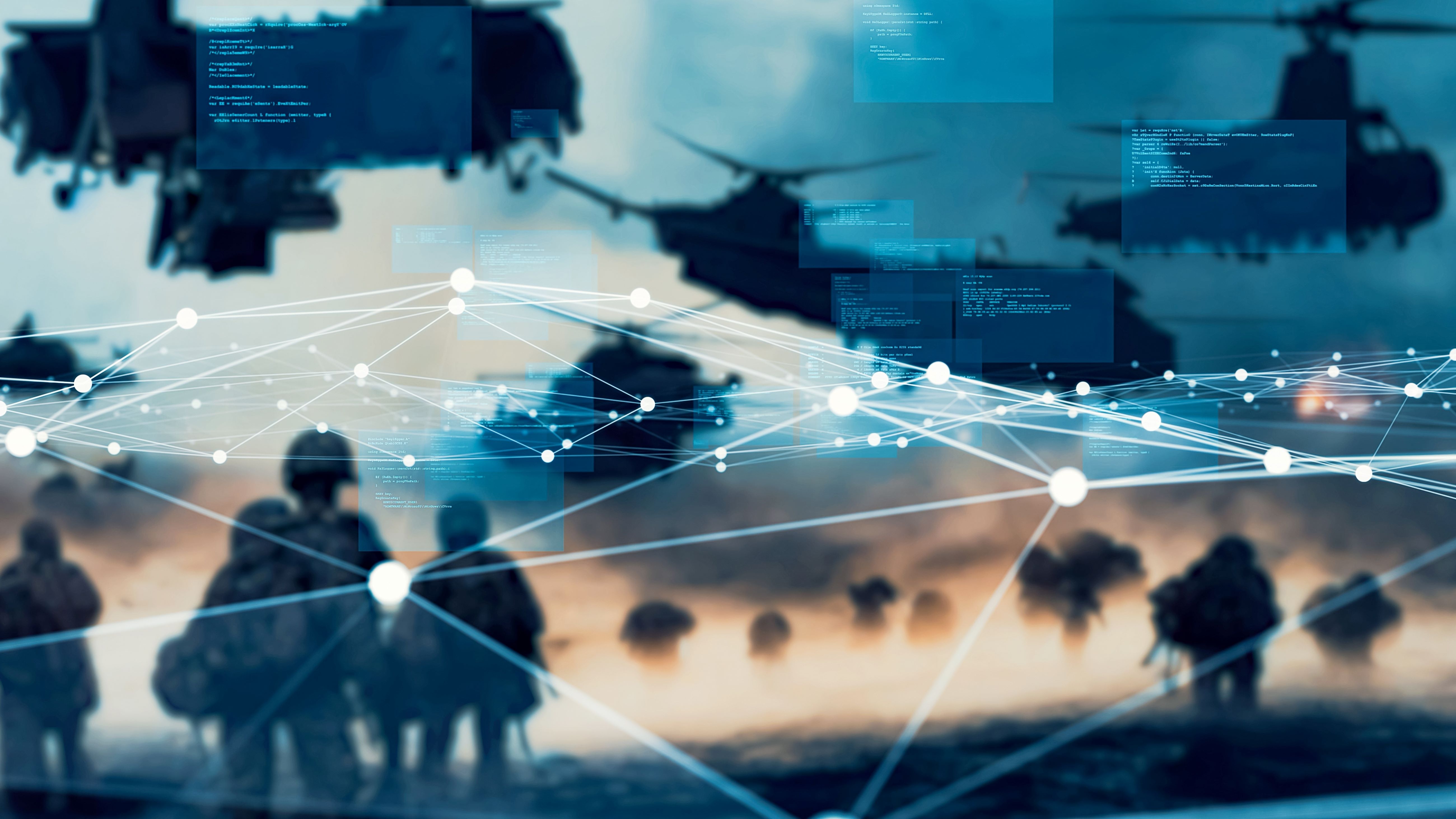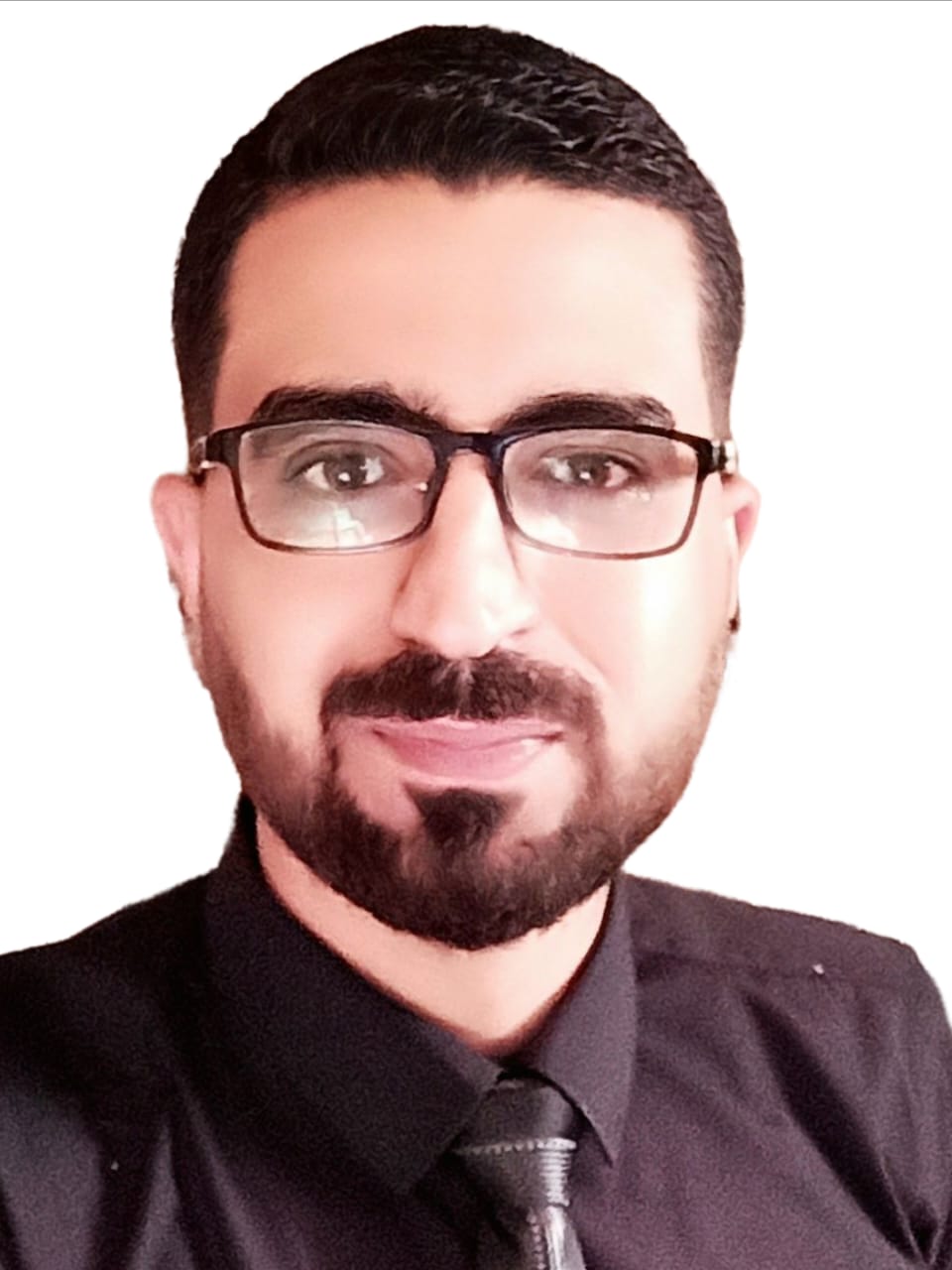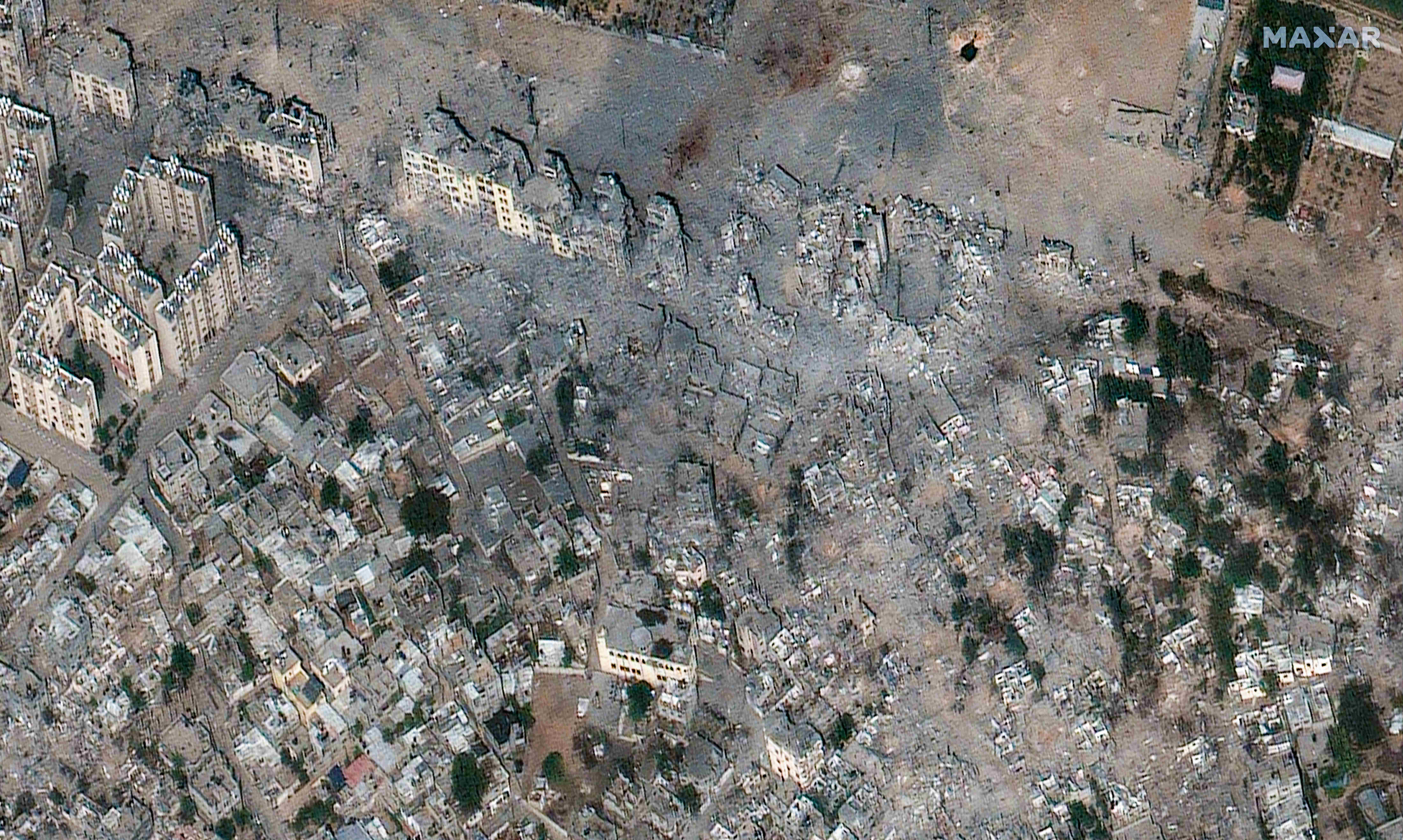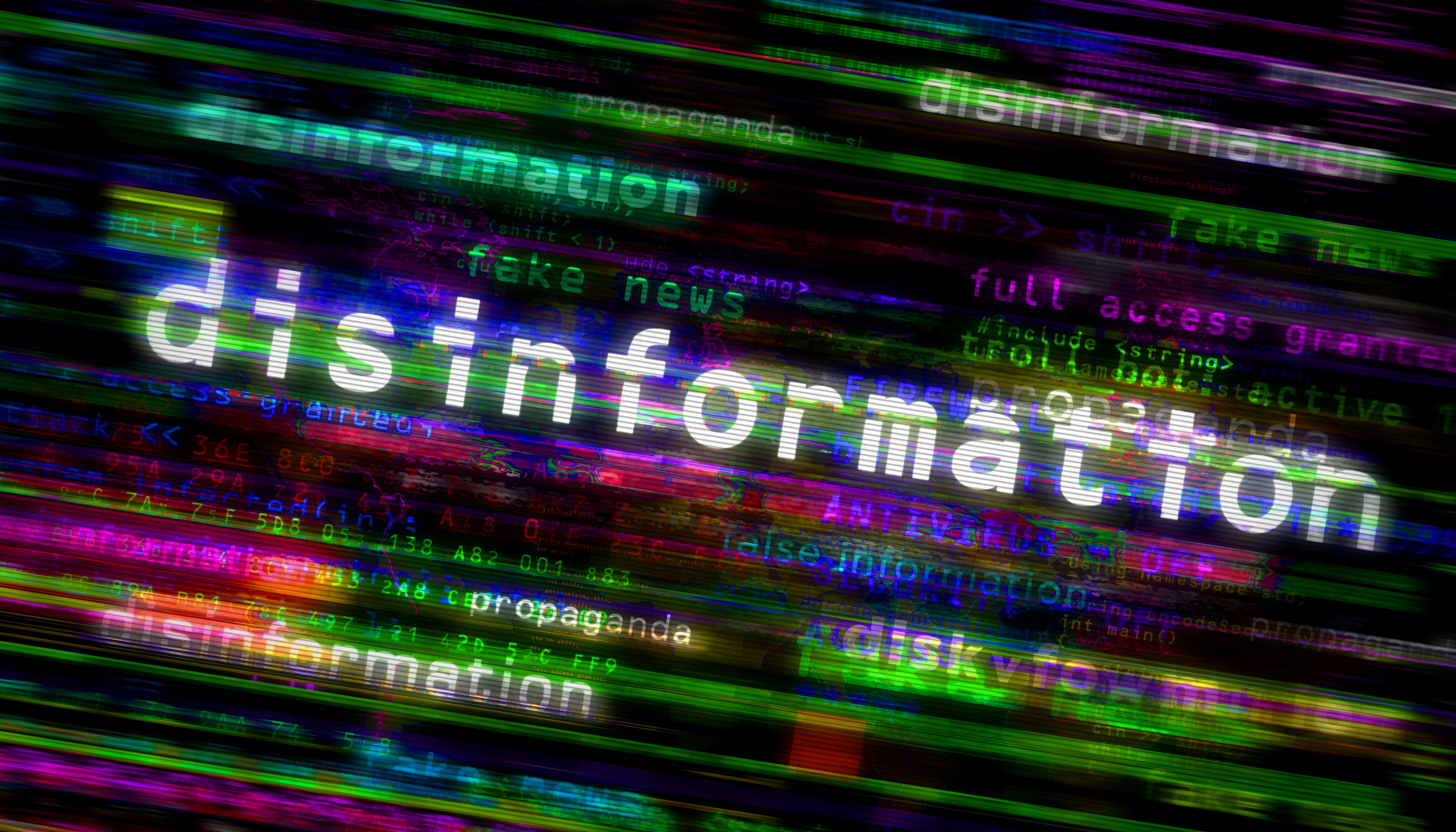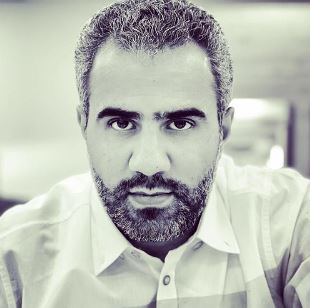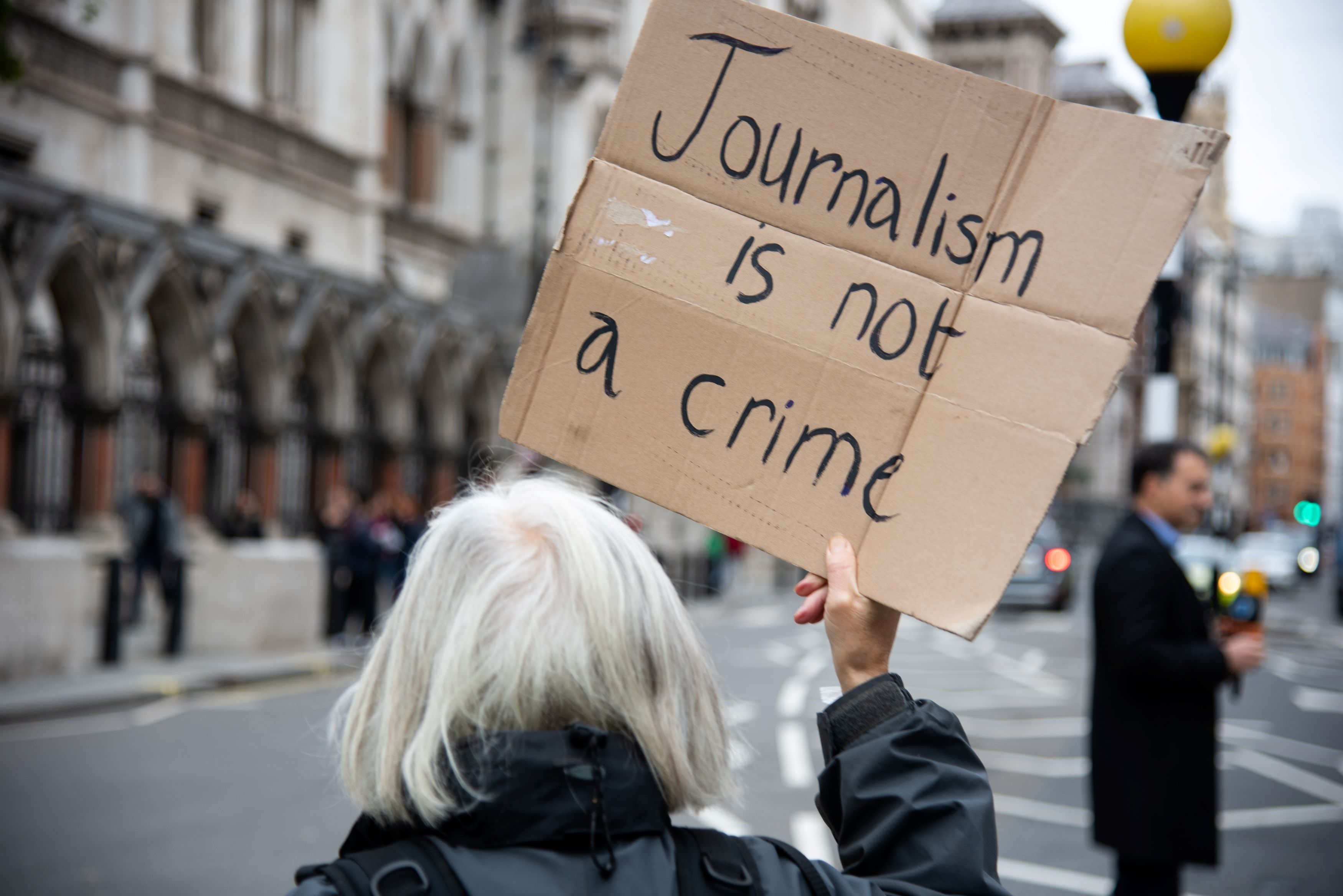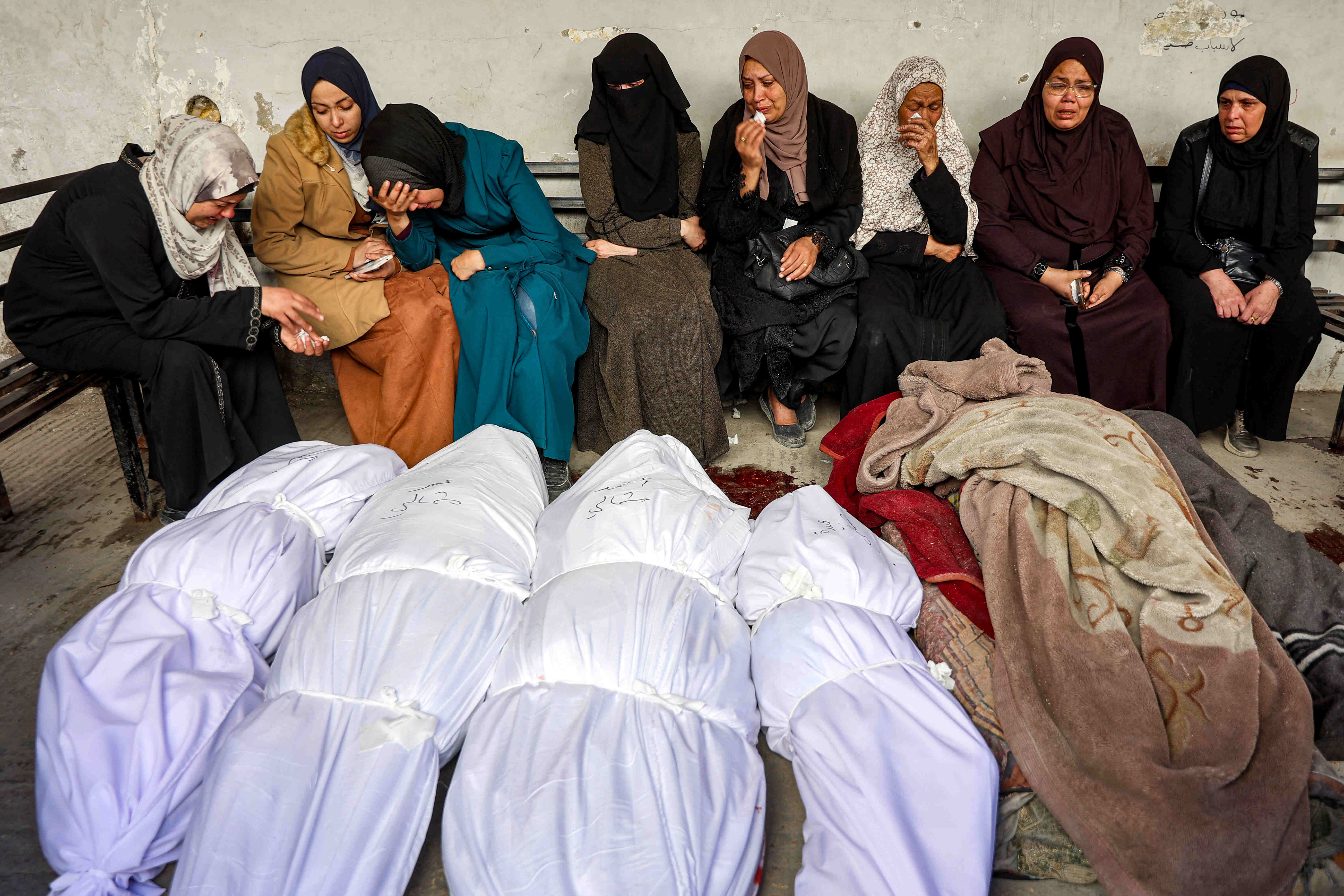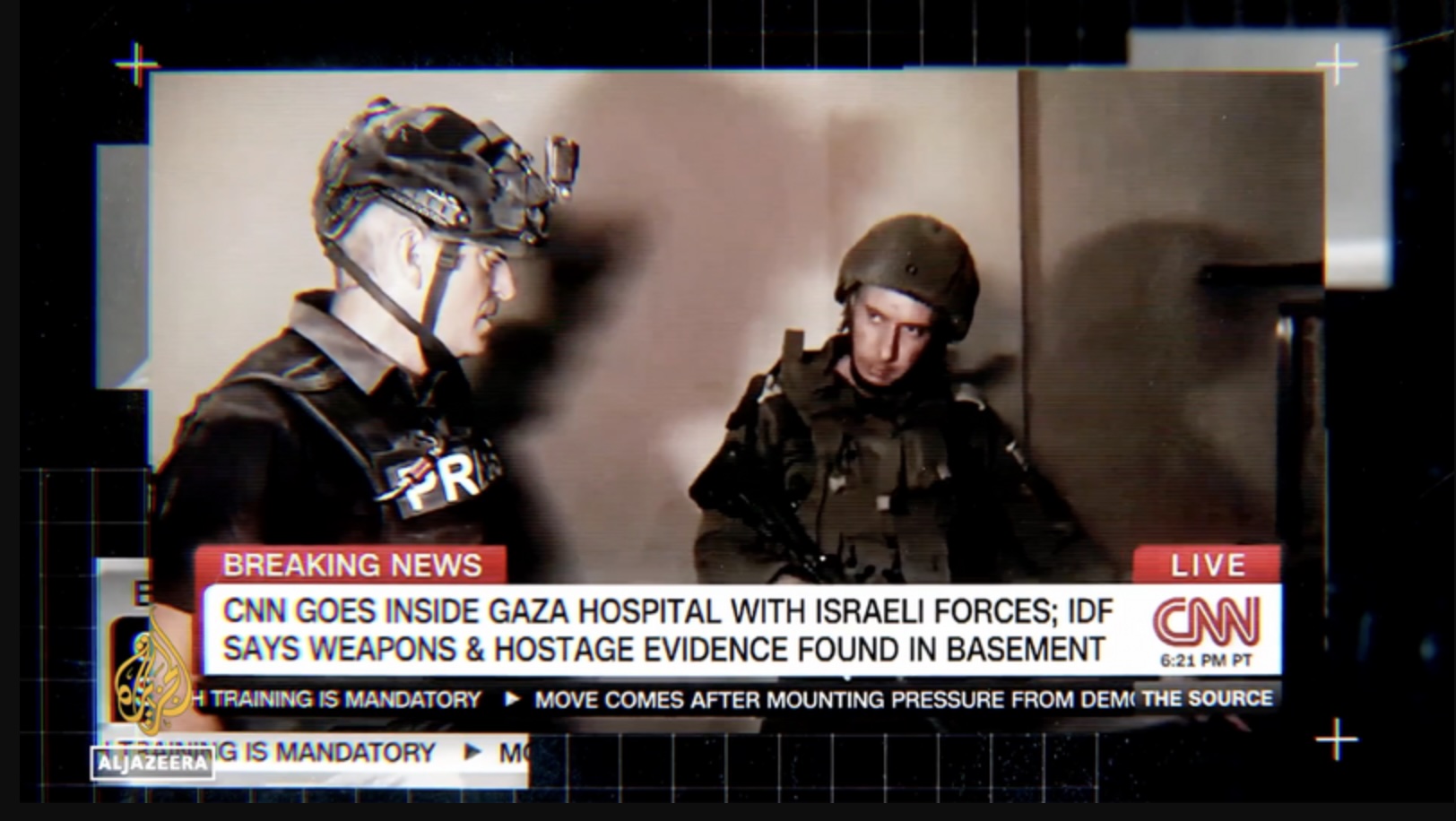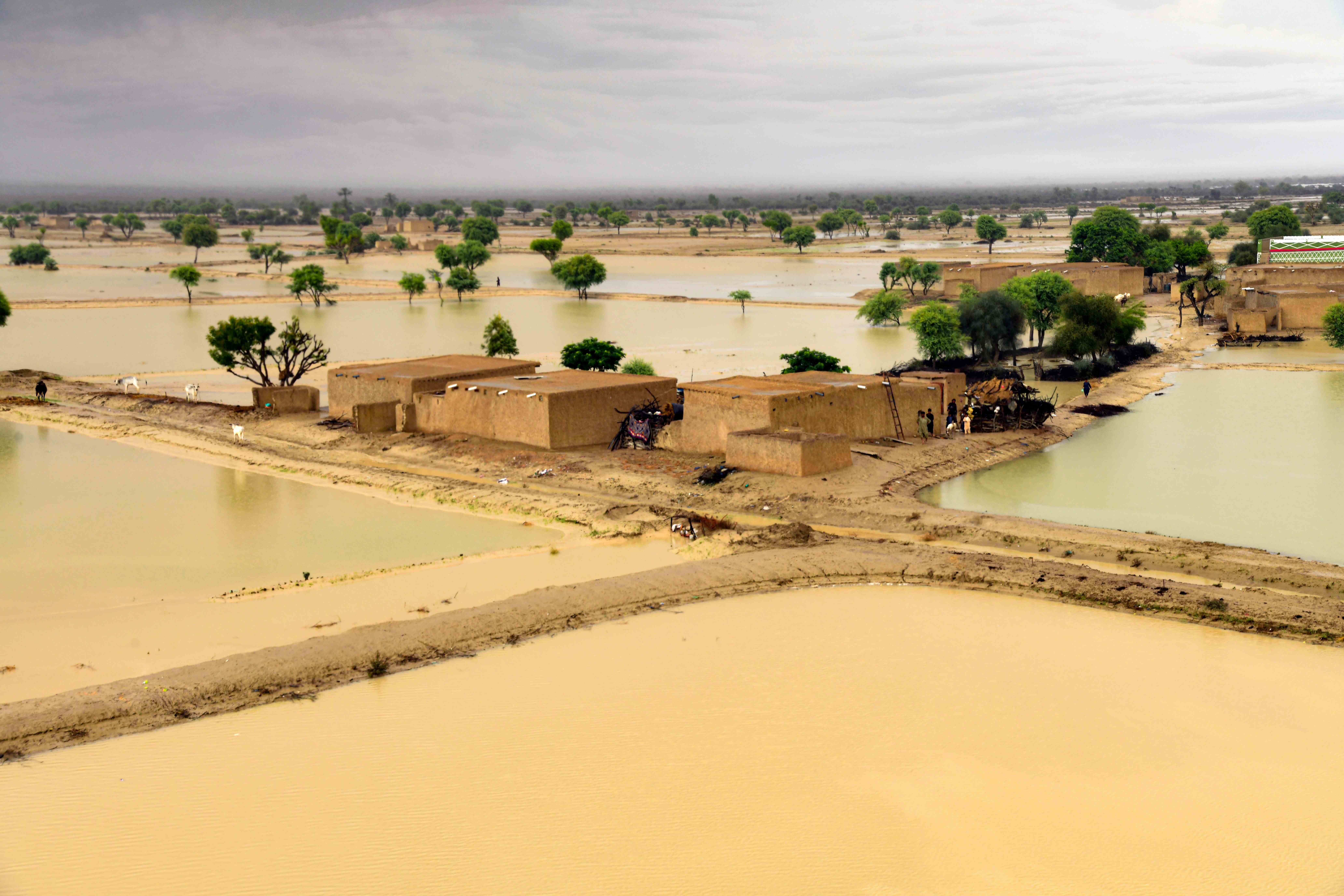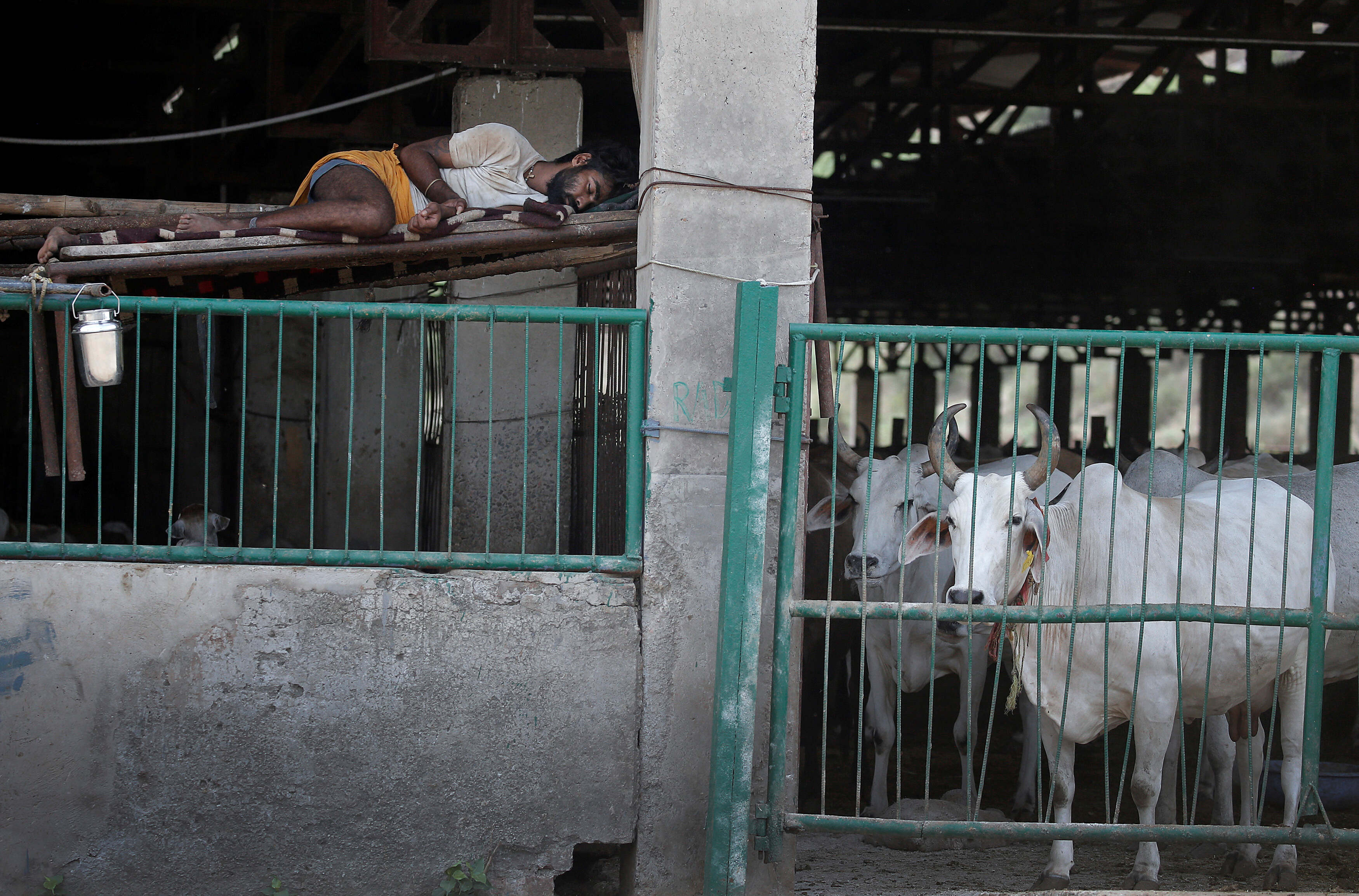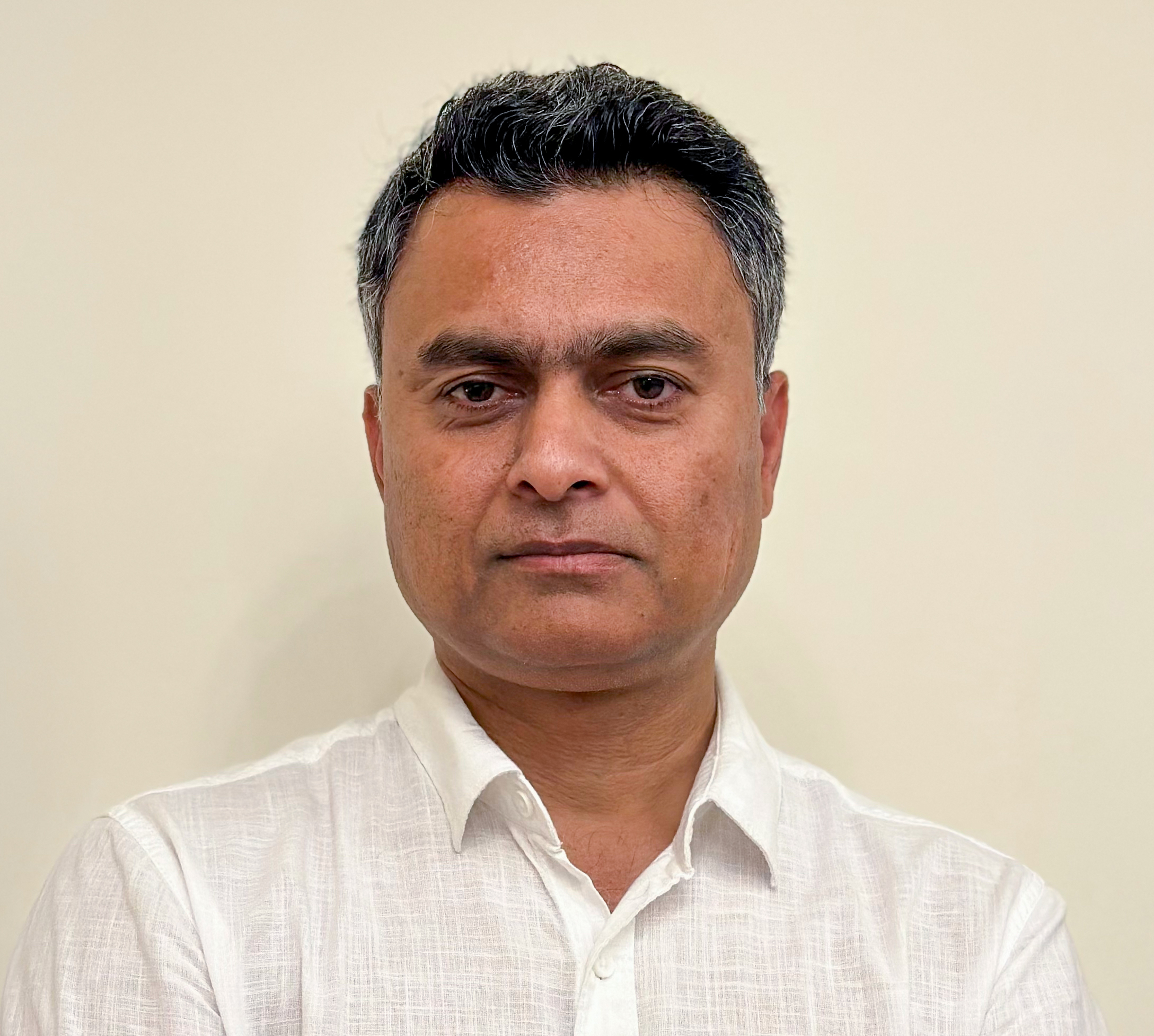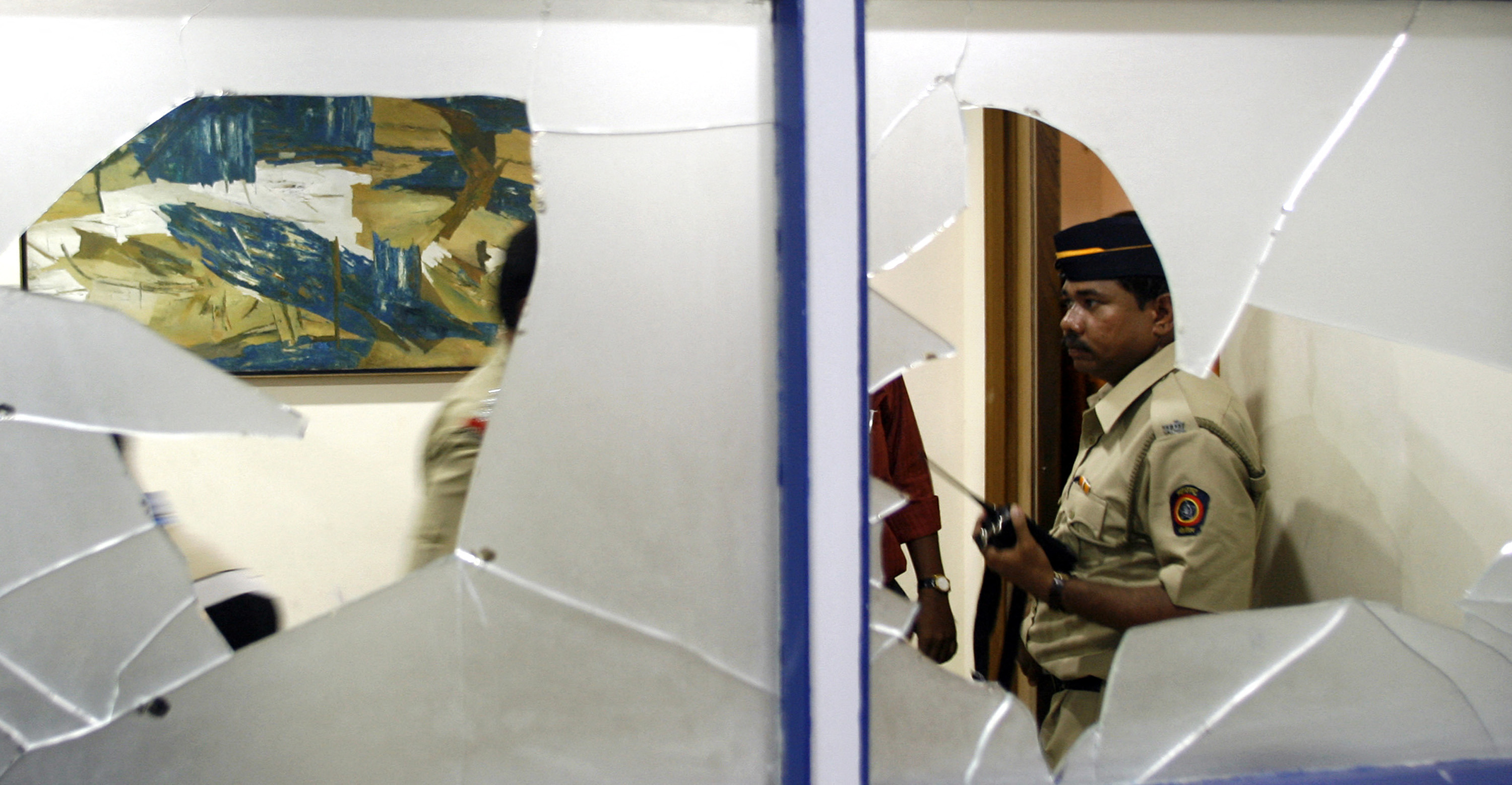كثيرا ما تُتهم القنوات الإخبارية بإظهار جزء من الحقيقة وإخفاء جزء آخر.. هذا لأن المشاهد اعتاد رؤية الجزء الذي تتجه إليها الكاميرا بإيعاز من المراسل مُعدِّ التقرير. وربما تكون تلك الاتهامات بالتحيُّز صحيحة في بعض الأحيان، حين تسلط القناة الإعلامية الضوء أو الصورة على جزء من الخبر، وتتغافل -عمدا- عن جزء آخر لصالح طرف ما، أوبغية تضليل المشاهد.
من ناحية أخرى، تخضع زوايا المشهد الإخباري المصوَّر لتقدير المراسل الذي يعدُّ التقرير، ويختار تسليط الكاميرا على الزاوية التي يعتقد أنها تتناسب مع الخبر الذي ينقله.
ومن هذا المنطلق،جرَّب مركز الجزيرة الإعلامي للتدريب والتطوير تقنية جديدة لتصوير الفيديو 360 درجة في التقارير الإخبارية والعمل التلفزيوني. وتتيح هذه التقنية للمشاهد أن يكون جزءا من المشهد المصوَّر وأن يختار زاوية النظر التي يريد، مما يساعده على تكوين فكرة أكثر شمولية عن الأجواء التي نُقل من خلالها المقطع الإخباري. وبدلا من أن يظل المشاهد بعيدا عما يجري خلف الكاميرا، تسمح له هذه التقنية الجديدة بالتجول داخل المشهد المصوّر بمجرد أن يحرك الاتجاهات الظاهرة في الفيديو.
وقد استفاد المركز من تقنية سابقة استخدمت مع الصور الثابتة، لكنها المرة الأولى التي تستخدم فيهاالتقنية ذاتها على صور الفيديو. وتأتي هذه التجربة في إطار اختبار التقنيات الجديدة وتطبيقاتها في عالم الصحافة، ضمن ما يعرف بالمختبر الإعلامي داخل مركز التدريب.
تضمنت مشاهد الفيديو التالي، التي صوِّرت بهذه التقنية محاولة مراسل الجزيرة إيهاب العقدة رصد واقع مخيمات اللاجئين السوريين في لبنان. ولن يتابع المُشاهد مراسل الجزيرة وسط المخيم فحسب، بل سيتجول داخل أروقته ويعايش الظروف الصعبة للاجئين، الأمر الذي لا تتيحه الكاميرا التقليدية.
كما شملت التجربة تطبيقات التصوير 360 درجة في مجال الأخبار والقصص الإنسانية والأفلام الوثائقية التي يمكن عرضها على مواقع الإنترنت أو شبكات التواصل الاجتماع. تقوم هذه التقنية على استخدام ست كاميرات "غوبرو"( GoPro ) مثبتة على مجسم واحد بطريقة هندسية تتيح التقاط صور الفيديو من جميع الاتجاهات. وفي مرحلة لاحقة تُجمَع هذه الصور في عملية المونتاج باستخدام برامج خاصة تعمل على تزامن الصوت والصورة، ثم معالجتهما لبناء صورة كروية تتيح للمشاهد التنقل داخل المشهد في كل الاتجاهات.
التطور السريع في المجال التقني وفّر كاميرات 360 درجة صغيرة وسهلة الاستخدام مثل "ثيتا" ( THETA )، ولكنها ذات جودة أقل من استخدام عدة كاميرات مجتمعة. وفي القريب العاجل ستتطور هذه التقنية وتصبح أكثر سهولة، ليس في يد الصحفي فحسب، وإنما في يد المستخدم العادي أيضا.
وقد وفر موقع اليوتيوب هذه الخاصية بمجرد تحميل الفيديو النهائي سواء عبر الهاتف المحمول عند تحريكه في الاتجاهات الأربعة، أو على الحواسيب المكتبية من خلال تحريك الصورة داخل اليوتيوب نفسه.
الجزيرة في أزقة المخيم
وفي حديثه لمجلة"الصحفي" قال العقدة إن من الطبيعي أن ينظر الصحفيون بقلق إلى مستقبل الإعلام في ظل التطور التقني المتسارع وانغماس المشاهد أوالقارئ فيما يقدم إليه عبر هاتفه الذكي، لكن من المفيد النظر إليه كفرصة متقدمة ونموذج لعلاقة جديدة للتعامل مع الجمهور، خصوصا أن الهواتف الذكية جعلتنا نعيد النظر في محتوى رسائلنا وفي صياغة العلاقة مع جمهور جديد شاب نسبيا، وقادر على التفاعل مع كل ما ينشر. ولهذا، لا بد أن تتاح له حرية الاختيار فيما يقدَّم إليه.
وعن إمكانية تطبيق التصوير بتلك الطريقة، يؤكد العقدة أنها سهلة الاستخدام وخفيفة الوزن وصغيرة الحجم، ومن ثم يمكن للمراسل العمل بها دون الاستعانة بمصوِّر.لكنه مع هذا، يؤكد أنه لا بدَّ من أخذ بعض الظروف بعين الاعتبار عند التصوير بكاميرا 360، فمثلا يُفضَّل استخدامها في الأماكن الساخنة كمناطق النزاع أو المظاهرات، لكنها قد لا تناسب تغطيات المؤتمرات التي تُعقد في قاعات الفنادق. كما أن تقنية التصوير هذه تفرض علينا أن تكون المادة المنتجة قصيرة المدة، بحيث تقدَّم في ثلاثين ثانية على اليوتيوب، بينما لا تتجاوز الدقيقتين لتقديمها في النشرات الإخبارية.
ويتابع العقدة أن على المراسل الظهور أثناء التصوير من أجل مصداقية الخبر، وعليه أن يقدم المعلومة في جمل قصيرة، مبتعدا عن الجمل الطويلةوالعبارات الاعتراضية، خصوصا أن المدّة تتيح له إذاعة ستين كلمة فقط،تاركا للصورة أن تتحدث عن نفسها.
ويقول إن وصول الرسائل الإعلامية للمراسل مرهون بإعادة الأخير صياغة المحتوى بما يتناسب مع التقنية الجديدة، وإن من واجب الصحفي أن يحضِّر جيِّدا لاحتراف العمل بالتقنيات الجديدة، خصوصا تلك التي تصل الشاشات الصغيرة التي يحملها الناس على مدار الساعة معهم، والتي اصطلح على تسميتها الهواتف الذكية.
